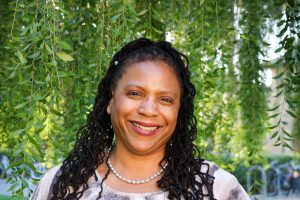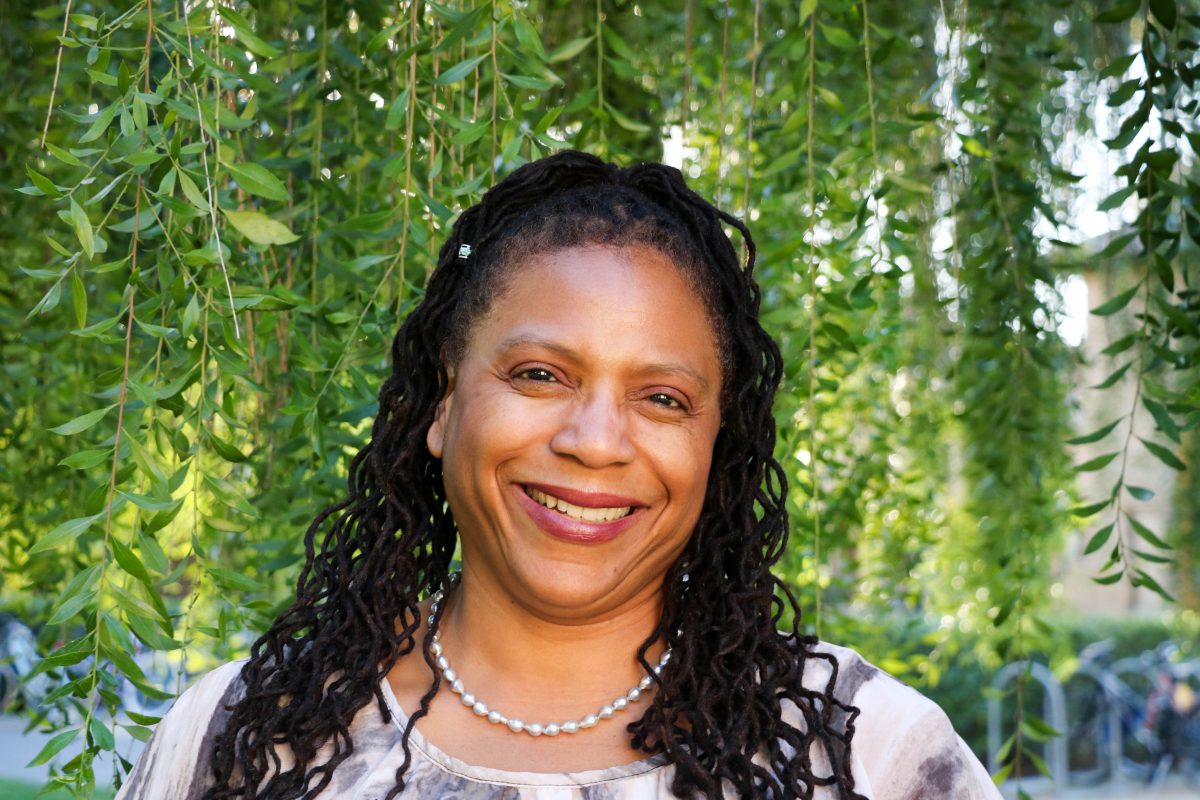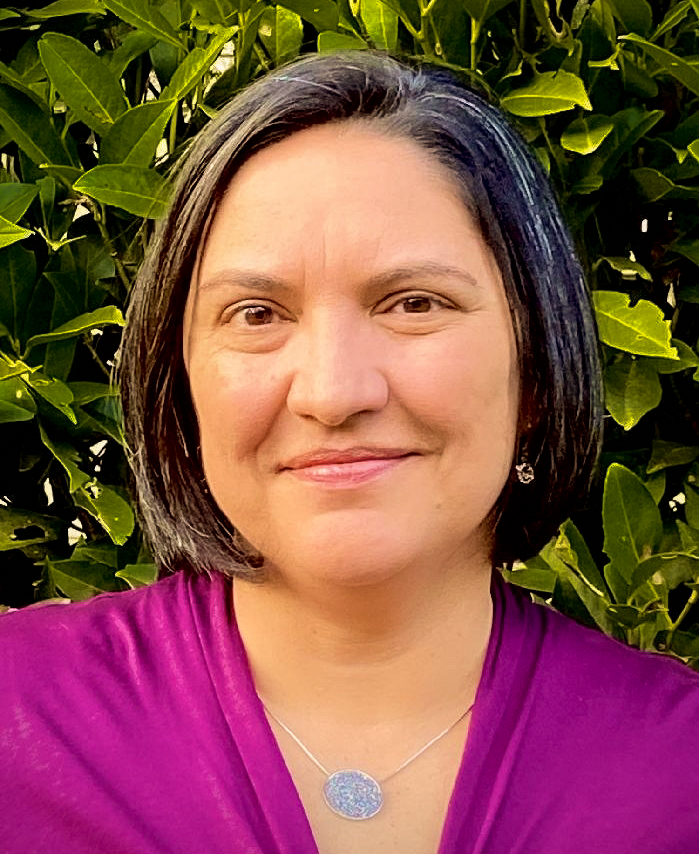By Alyssa Meuwissen, PhD, Research Associate
As a parent, one of my deepest desires is to give my children the world: all of its joys and opportunities, its beauty and love. But what happens when suddenly the world your children are born into is not the world you expected—or wanted? That’s been the case for parents of young children across the globe this year as the COVID-19 pandemic upended all of our lives.
There’s no question that the pandemic has had a significant impact on people in many different walks of life, both those with children and those without. But in thinking over the past nine months, I found myself trying to pinpoint why parenting during this pandemic seemed to present unique challenges. I recalled a model called Self-Determination Theory that I have used in my research on how adults can support children’s self-regulation.
Self-Determination Theory suggests that three conditions are necessary for people to thrive:
- Competence: feeling that you are able to succeed at what you’re trying to do
- Autonomy: the ability to make choices that align with your preferences and values
- Relatedness: feeling connected to those around you
Self-Determination Theory helped me make sense of my experiences as a parent since the outbreak of COVID-19. The pandemic has cut off opportunities for parents to experience competence, autonomy, and relatedness. This framing can help explain why parenting in the pandemic has felt so difficult for so many people.
A loss of competence
In late 2019, I became pregnant with my second child. At the time, we had a blossoming one and a half year old girl and a stable life enmeshed in a network of family and friends. We were so thrilled to be growing our family. Then in March 2020, the COVID-19 pandemic arrived, along with a state government order to “shelter in place.” My birthday, my husband’s, and our older daughter’s are all in March, within a couple of weeks of each other. In what would have been a month of gatherings and parties, it seemed that all fun was cancelled.
My husband’s job as a physical therapist in an assisted living facility suddenly became the work of a “frontline hero.” But of course, no one got to choose whether they wanted to be one of those heroes. My mother’s job as a public health nurse changed into managing the pandemic response for schools in her county. My two main support people were suddenly both personally involved in this crisis situation. For six weeks, we made the decision to discontinue the child care that grandparents had been providing in order to protect our parents and ourselves. I stayed home with our now-two-year-old. Normally, I work 30 hours a week as a researcher. Now, I was trying to make those 30 hours’ worth of work fit into the few hours a day when my toddler was asleep or occupied.
Those first few months of the pandemic were hard. It was impossible to fulfill my own expectations of being a good mom and a good employee with no child care. I was getting up early and working late into the evening, attending meetings on mute while also attending (sort of) to the constant stream of chatter coming from my daughter.
I grieved for my toddler. I was only one person. I couldn’t provide the novelty, variety, and stimulation she’d always had being around family and friends. I couldn’t be a grandparent who could just delight in her without needing to fulfill other responsibilities at the same time. I couldn’t be a cousin or a friend who could help her practice social skills or expand her ideas of what was possible in play. It was just my daughter and me, and I was growing more pregnant, day after day, in the same house, with the same toys, for six weeks. The repetition itself was exhausting.
Working from home while trying to parent very young children, particularly when that isn’t what you wanted or planned for, makes it very hard to maintain a sense of competence. This feeling is further compounded for parents who are also trying to fill the role of a teacher for children who are attending school remotely. Even with the restrictions imposed by the pandemic, I felt I could still be a really good employee, or I could be a really good mom. I just couldn’t do both at the same time. The mental energy it took to constantly respond to my toddler while trying to think and write productively was draining. Many parents will relate to my frustration at my inability to do all I was being asked to do.
A loss of autonomy
As my pregnancy progressed through spring and summer, I could no longer get appointments with my usual doctor. We were shuffled between providers—sometimes online, sometimes in person—in a scrambled attempt to keep patients and providers safe. While I knew the team was competent and trustworthy, I had a lingering feeling that no one knew us well enough to take care of us as individuals rather than just as a generic woman and baby. Instead of looking forward to hearing my baby’s heartbeat at each appointment, I felt anxiety as visits were consumed by ever-changing rules about delivery. Choices surrounding birth plans were limited, no visitors were allowed, and those giving birth were allowed to choose one support person who would need to follow strict screening procedures.
At one point, we were told that if my husband had any COVID-19 symptoms, he wouldn’t be able to be present at the birth. We spent two weeks worrying that I might be alone in the delivery room. Then at our next visit, a different provider retracted the earlier ban on alternate support people. I tapped my mother as a back-up support and a friend as a second back-up in case my mom got sick.
I forced myself to be okay with plans A, B, and C, but I also held the emotions of my husband inside, knowing that missing the birth of his child would scar him. And I grieved for my baby. There was so much stress being pumped into her tiny growing brain. We could not get sick before her birth. And yet every day my husband went to work at an assisted living facility and faced the risk of exposure to COVID.
We had lost our autonomy. We no longer had agency to make choices about what would be best for our family or about the circumstances of our second child’s birth. Of course, I recognized that many things about the birth process would have been out of my hands even in normal times. Yet the heightened uncertainty around my husband’s job and around the hospital’s procedures made it all so hypothetical. It was paralyzing to hang in suspense for months. Meanwhile, in a vicious circle, my stress increased because of the knowledge that my stress could affect my baby. I was struck by the realization that she would be among a whole class of children who were exposed to extra prenatal stress.
Many people have identified decision fatigue as a major difficulty during the pandemic. What had been everyday life—having a playdate with our best friends, say—now became a decision to agonize about and plan to the last detail. (If we meet them at their house, will there be a tantrum if we can’t go inside? If we stay outside, do we need to wear masks? How much guilt will I feel if we find out we gave them COVID?)
I think an important aspect of decision fatigue is the lack of autonomy to make decisions that align with your own values. I have so often felt that there was no decision that would satisfactorily meet my own needs for physical safety and mental health, much less the needs of the rest of my family. Every step toward normalcy and connection with others seemed to come at the risk of physical health, creating a sense of inability to make the “right” decision for anyone.
A loss of relatedness
We stayed healthy through the summer and made it to the birth, which actually went pretty smoothly. My husband went back to work on a Monday, when our new baby was four weeks old. She first smiled the following Monday, when she was five weeks old. I remember commenting that although I was happy, I’d never been more exhausted. And then, on the following Monday, when the baby was 6 weeks old, my husband walked in the door after a long day at work and said, “I’m not feeling well.”
My first thought was not, “You might have COVID, and I’m worried about you.” Instead, it was “Does that mean you’re not going to take this crying baby from me when I’m in the middle of trying to get dinner on the table?” He did indeed test positive for COVID. Although he’d likely have been contagious for two days before he got symptoms, the recommendation was to have him self-quarantine in our house. This was another impossible situation. We’d have likely been exposed already, and now I would lose my husband’s support for 10 days; to what end? Yet we had a six-week-old baby; how could we risk exposing her and our two-year-old more than we already had?
My husband duly spent 10 days stuck in our bedroom listening to us—listening to the playing, the laughing, the cooing, the crying, the screaming—unable to interact, unable to help. Ten bedtimes where I’d try to stick our toddler in front of the TV long enough for me to nurse the baby to sleep, only to have the baby wake up screaming minutes later every single time, just as I was trying to get the two-year-old into bed. Ten nights where I slept on the living room couch in the green glow of both baby monitors, traipsing up and down the stairs to feed the baby and soothe her back to sleep countless times each night.
I grieved for my husband. He felt so useless, never more so than when he started feeling better and still couldn’t be a part of our family. He couldn’t smile at our new baby. During the brief moments when he came out of the bedroom to see us, he wore a mask and a face shield. Our baby was 43 days old when her dad got COVID, and she didn’t see him smile for 10 days—almost a quarter of her life at that point. I grieved for our toddler, who knew Daddy was behind that closed door. And I grieved for myself, for how much was out of my control and how completely alone I was. For the bone-deep exhaustion of being six weeks postpartum and suddenly being the only person providing any input of love and care into my two girls. Not only had I lost the support of my husband, we also had to isolate in our home, cut off from any external support. A few family members and friends dropped off food and toys, for which I was so grateful. But of course, they could not bring what we needed most. Just arms to hold the baby for a few minutes. Just a mind to connect with either of the kids so that mine could have a break.
We got through it, one day at a time. We checked the days of my husband’s quarantine off the list one by one. Then on the final night, I got a sore throat. The next morning I had a headache and a mild cough. And every breath my tiny baby took in and out was audible through a very congested nose. We spent the morning messaging and calling doctors, who said our baby and I were both “presumed positive” with such clear exposure in our home.
Again, I grieved for myself. This was too much. On the day I had been looking forward to having help, I was a sick parent with a sick baby in a global pandemic. Our family’s isolation clock started again: 14 more days with no grandmas, no cousins, no playgrounds. I grieved for the grandmothers who desperately wanted to help but were cut off from us.
We were lucky. Both the baby and I recovered after just a few days. Although my husband suffered lingering fatigue for a few weeks after recovering, he was able to return to work. Since we had all been exposed at this point, there was no longer a need to quarantine within our immediate family. I had my partner back, and we were going to be okay. It was, however, a long month. One day toward the end of our quarantine my older daughter looked up at me and sighed.
“I’m so tired of waiting,” she said. I asked her what she was waiting for just then, because for once I wasn’t feeding the baby or putting her to sleep.
“Oh, I’m just tired of waiting for the day.”
She spoke my exact feeling out loud.
We had about a week of “back-to-normal,” and then my mom’s mom got sick and was put on hospice. Within days, she died. We are not certain whether she died of COVID-19. It was another uphill battle to achieve competence, autonomy, and relatedness as our family tried to grieve and honor my grandmother’s life. We adapted; we had a virtual wake, a cold and windy outdoor funeral with no singing. We did what we could. We did our best given the circumstances. It was hard to accept the conditions that made it impossible to say goodbye to my grandmother in person, to celebrate her life in the way we would have wished, to even offer hugs to one another after her funeral. I grieved for my whole family.
Finding hope
It’s widely understood that children need available, nurturing caregivers to grow and thrive. Children rely on adults to regulate their emotions so that they can get through tough experiences. We talk a lot about children developing self-regulation. But interpersonal neuroscience shows that adults actually don’t do that much self-regulating either. We rely on our own “attachment figures,” people we feel close to and trust, to co-regulate. Different cultures know this all around the world, and that’s why in tough times and after tragedies, people show up to be together.
This pandemic has shaken the stability of our normal coping strategies. Quarantines, stay-at-home orders, and social distance policies—all necessary measures in the face of a dangerous virus—have suddenly limited adults’ access to their own support networks. Just like for children, those supports are instrumental in managing stress and promoting resilience.
This loss of relatedness is especially hard for parents, because they have no choice but to keep pouring energy and connection into their children, while their opportunities to fill up on these themselves are severely limited. There’s a concept called parallel process in the field of infant and early childhood mental health. This principle states that “you cannot give what you do not receive.” Yet this pandemic asks parents to do exactly that: to be enough for their children in every aspect of development, while simultaneously putting up barriers between parents and their own support systems.
During the last nine months, it has been harder to be a parent than it otherwise would have been. It has been harder to get our own needs met—already difficult while parenting young children. And while my experience has been challenging, I’ve become even more aware of my family’s privileges. I often imagine how different things would be if I were a single parent, if our household had suffered a job loss due to the pandemic, if we did not have any extended family nearby…the list goes on.
As we think about how to best support the parents in all of our lives—in the myriad circumstances in which they find themselves—we can recognize the impact of the pandemic on their sense of self-determination. For me, at least, it has been helpful to understand and acknowledge the erosion of competence, autonomy, and relatedness that has defined this experience.
I’ve also found reasons to be grateful for being a parent to a young child at this time. Even though all of the big, fun, social occasions in our lives have been cancelled, young children can find such incredible joy in small things that adult eyes often overlook: snow melting into storm drains, the arrival of the garbage truck, jumping in leaf piles, sticking things together with Elmer’s glue, the first snowfall, singing and dancing, hugs.
On one of our countless walks around the block because there was nowhere else to go, my older daughter started marching and wiggling and looked up at me, “Mama, did you know that I can dance with NO music?” Theoretically, I did know that, but it’s hard for adults to remember it all the time. There’s so much kids can do with what they have around them, even as we adults grieve the loss of the “normal” we had pictured for them. We gave our pandemic baby the middle name Hope, because we do have immense hope that on the other side of the pandemic our children will be part of building a world that is even more beautiful and joyful for everyone.







